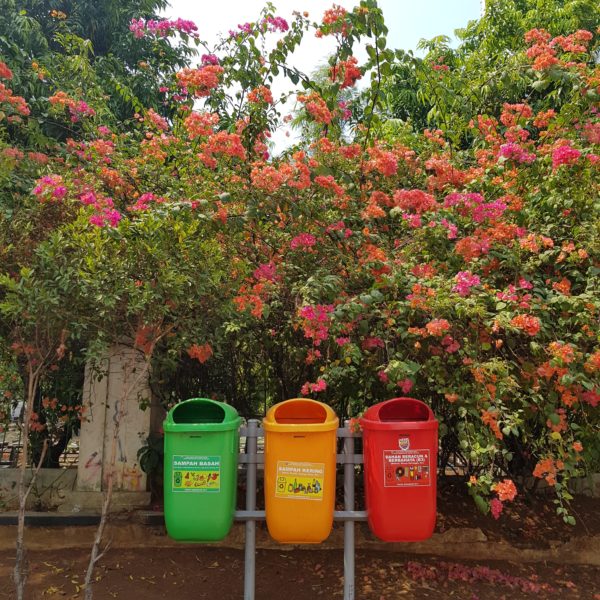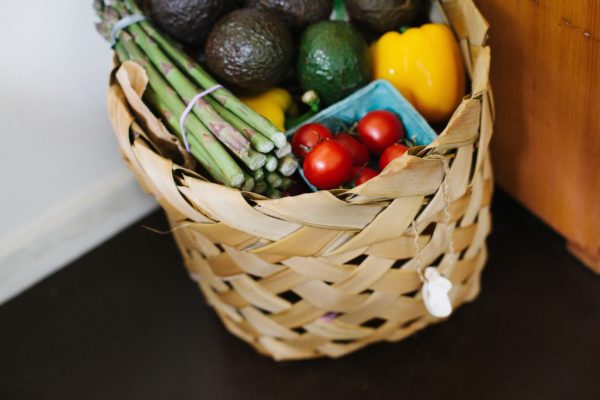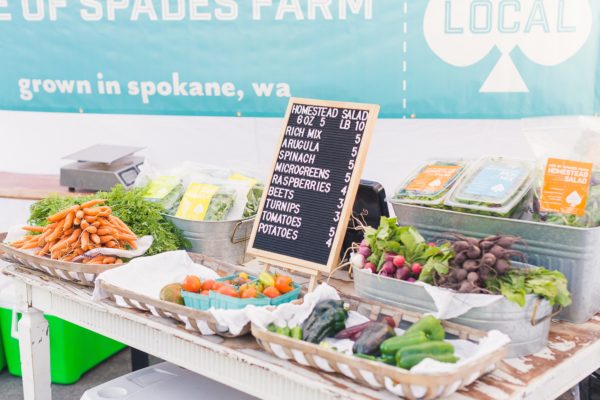
Happy Earth Day!
Here are some of the simplest ways you can help Mother Earth in 2019.
Photo by Nikola Jovanovic on Unsplash
The majority of us would like to treat and protect the Earth with more consideration and respect.
Sometimes it can be difficult — even expensive — to do so. Supermarkets and grocery shelves are lined with products claiming to be environmentally friendly. It can feel like “going green” has become just another marketing strategy. Some of the most impactful ways to be more environmentally friendly don’t require any expensive purchases.
Protect Our Precious Trees
Awareness is key to making the changes necessary to look after our environment and it starts with the everyday things. When purchasing paper products, focus on products that have been made using sustainable methods. This means it protects against global warming and the destruction of wildlife. The same thing goes for the purchase of wood products such as furniture —make sure it’s been certified. In addition look for toilet paper made from recycled materials or from trees cut from a responsibly managed forest. Every effort helps.

Photo by Abigail Keenan on Unsplash
Walk, bike, carpool and use public transport
Being mindful about how often you use your car will help enormously. Why not think about catching a train, carpooling or even walking. This could save you money and help reduce environmental impacts like fuel consumption and greenhouse gas emissions. In addition to helping the environment walking can reduce the risk of many diseases. Walking can help prevent heart attack and stroke while helping to manage weight and control blood pressure. Decreasing time spent in heavy traffic and long travel times can reduce stress, which over time can increase the risk of conditions like heart disease. Other benefits frequently acknowledged include alleviating depression, arthritis relief, stronger bones and joints, and a longer lifespan.
Commit to non plastic water bottles
The environmental impact plastic bottles has on the environment is one of the most damaging to our planet. The average American consumes around 35 million gallons of bottled water per year, that’s growing yearly up to around an average of 300 bottles annually. This equates to around 17 million barrels of oil that are used to make these bottles and produces more than 2.5 million tons of greenhouse gases. While the bottled water company’s claim to be recyclable two thirds of these bottles still end up in the garbage. Let’s use what we’ve learned here and become an ethical consumer focused on the health of our wonderful planet and look into the alternatives such as stainless steel.

Photo by bruce mars on Unsplash
Use Less Water
Americans use an average of 80-100 gallons of water per day at home. With climate change causing droughts in America and around the world, it’s critical to save water whenever you can. There are many ways you can join in such as taking shorter showers, try low-flow shower heads and use your energy-efficient dishwasher (which uses less water than normal dishwashing). Only put on your laundry if it’s a full load, don’t use heated water unless it’s absolutely necessary and only wash dirty clothing.

Photo by Victor Garcia on Unsplash
Use minimal electricity
Many electronics consume energy even when they’re not actively “on”? It’s called phantom energy, and besides being a waste of electricity, it can add as much as 10 percent to your electricity bill. I like to do laps of my house trying to unplug things like chargers, microwaves and computers when not in use, or invest in “smart” surge protectors that disable power when items are not in use. The environment and your power bills will thank you!

Photo by Hamza Javaid on Unsplash
E – Waste
E-waste can contain all kinds of pollutants, including lead, mercury, beryllium, polyvinyl chloride and flame-retardants. E-waste is a popular, informal name for electronic products nearing the end of their “useful life.” Computers, televisions, VCRs, stereos, copiers, and fax machines are common electronic products. Many of these products can be reused, refurbished, or recycled. Recycling your e-waste through a verified recycler allows the item to be broken down into reusable or recyclable pieces and have toxic materials appropriately handled. Look for recyclers on the EPA’s website or if you’re in California like me try CalRecycle
Compost
Think about how much trash you take out in a year. Reducing the amount of solid waste you produce in a year means taking up less space in landfills, so your tax dollars can work somewhere else. Compost also makes a great natural fertilizer. Composting is easier than you think. It actually reduces methane emissions from landfills and lowers your carbon footprint enriches soil, helping retain moisture and suppress plant diseases and pests. It also reduces the need for chemical fertilizers while encouraging the production of beneficial bacteria and fungi that break down organic matter to create humus, a rich nutrient-filled material.

Photo by Brooke Lark on Unsplash
Shop online
Online shopping: The perfect way to purchase that cookbook, toilet paper we don’t want to carry or even groceries we don’t have the time or the will to go and pick up—and happily save the planet at the same time. As many as 70 percent of online shoppers say they prefer to buy from a preferred retailer online. Wonderful news since buying online almost always involves less energy use and fewer carbon dioxide emissions than in-store shopping.

Photo by leonie wise on Unsplash
Bring your own bag
Although it’s tempting to grab a plastic bag at the cash register, the habit is actually pretty wasteful and damaging to the environment. It is estimated that plastic bags have three times the greenhouse gas impact of reusable bags. Make a more eco-friendly choice by bringing your own reusable bags on your next shopping trip—they’re way cooler and trendier than the plastic ones and safer for marine wildlife.
Bare necessities
When shopping, look for products with minimal to no packaging, or at least packaging made from recycled materials. That means buying the ugly fruit such as loose fruit and veggies instead of tomatoes wrapped in plastic and cereal that’s packaged in just a bag (not a bag and a box). If you do choose packaged products, check the label to see if the packaging was made from recycled materials. And be sure to recycle or reuse any cardboard, paper, or plastic packaging when you’ve finished with it.
Farmers Markets

Photo by Jordan Christian on Unsplash
One of my absolute favorite pastimes is visiting a farmers market on a Sunday morning. You can skip the produce department at the supermarket and visit your local farmer’s market for a wide selection of healthy, locally grown foods. If getting to a farmers market is a challenge why not consider getting together a group of friends or coworkers and signing up for an online farmer’s market. You can choose the fruits and veggies you want and see exactly where they come from. Bonus – it’s organic.
And there you have it! Some of the simplest, kindest ways you can help our beloved planet Earth this year!